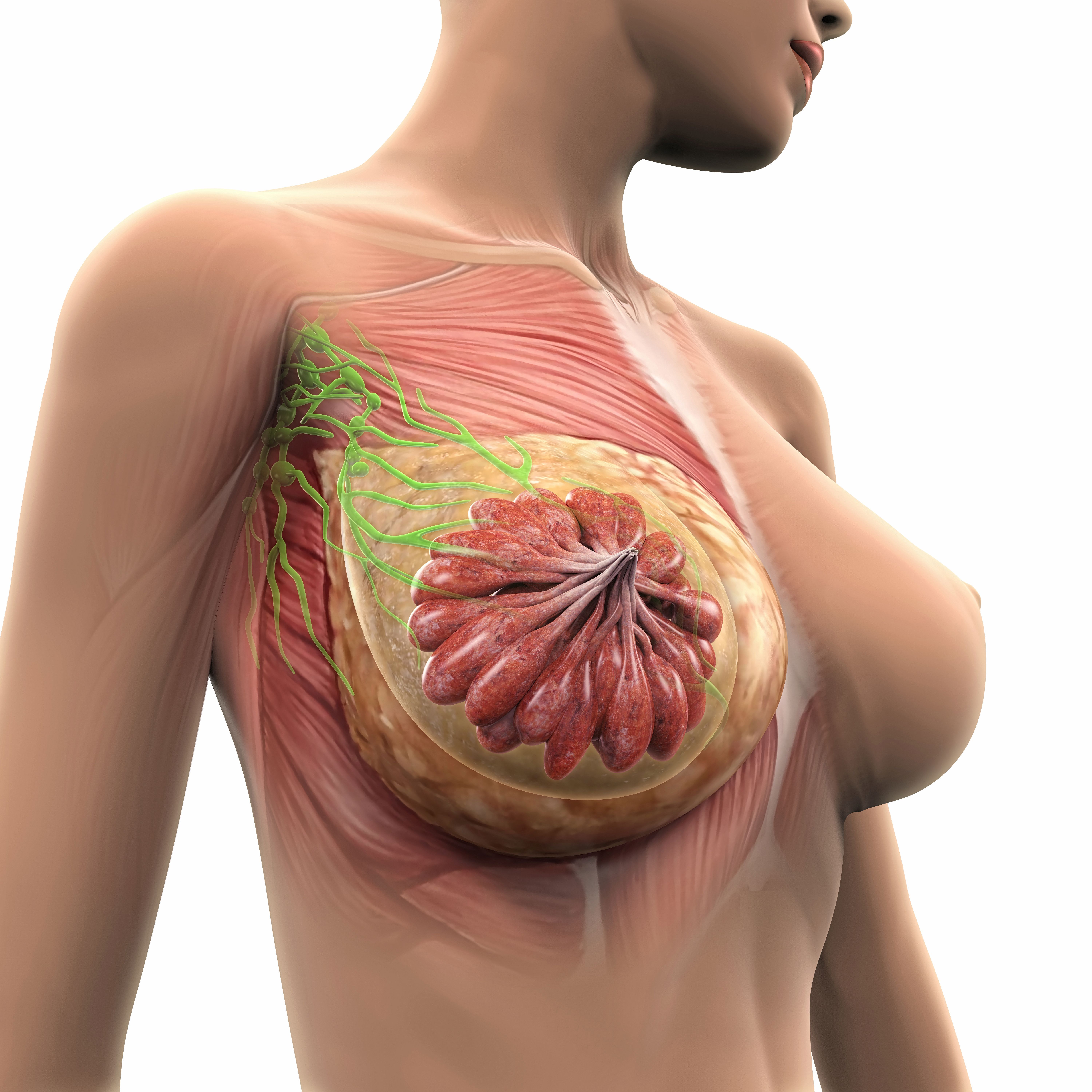Hypofractionated RT After Mastectomy Is Noninferior to SOC in Breast Cancer
Hypofractionated postmastectomy radiotherapy was noninferior to standard radiation in patients who underwent a mastectomy.
Hypofractionated postmastectomy radiotherapy was noninferior to standard radiation in patients who underwent a mastectomy.

Hypofractionated radiation was found to be noninferior to standard radiation after a mastectomy for reconstruction and presented with complications, toxicity, and loss of disease control, according to results of the phase 3 RT CHARM trial (NCT03414970) presented at the 2024 American Society for Radiation Oncology (ASTRO) Annual Meeting.1
The primary end point of reconstruction complications in the intent-to-treat analysis (n = 825) was assessed in proportion to 24-month complications. For those who underwent conventional postmastectomy radiotherapy (PMRT), the primary results were 12.2% vs 14.2% in the hypofractionated PMRT group (estimated difference, –2.1%; 95% CI, –6.7% to 2.6%; P = .0004); for an immediate response, results were 11.9% vs 10.3% (1.6%; 95% CI, –6.9% to 10.1%); delayed responses were 12.3% vs 15.6% (95% CI, –8.7% to 2.1%); autologous tissue with or without implant was 8.9% vs 8.5% (0.4%; 95% CI, –6.2% to 7.1%); and implant only was 13.8% vs 17.1% (–3.3%; 95% CI, –9.4% to 2.7%).
Reconstruction complications were assessed in the subgroup as-treated analysis (n = 650). Overall, results for convention PMRT were 13.1% vs 16.6% for hypofractionated PMRT (estimated difference, –3.4%; 95% CI, –8.9% to 2.0%; P = .009).
Data were also assessed by type and timing of tissue expander reconstruction. For all immediate implant, findings in the conventional PMRT arm were 13.0% vs 13.1% in the hypofractionated PMRT arm (estimated difference, –0.5%; 95% CI, –10.0% to 9.9%); all immediate autologous tissue with or without implant in 0.0% vs 5.9% (–5.9%; 95% CI, –12.3% to 0.6%); immediate tissue expander and delayed implant of 20.5% vs 27.0% (–6.5%; 95% CI, –18.7% to 5.6%); immediate tissue expander and delayed autologous tissue with or without implant of 16.9% vs 18.6% (–1.7%; 95% CI, –15.5% to 12.1%); and delayed autologous tissue with or without implant of 3.1% vs 11.8% (–8.6%; 95% CI, –21.0% to 3.8%). All delayed implants occurred in 0% of patients in each arm.
Local and local regional recurrence were assessed. In the conventional PMRT arm, 7 of 403 events occurred (HR, 0.85; 95% CI, 0.32-2.27), and in the hypofractionated PMRT arm, 9 of 422 events occurred with a reference HR. This concluded that there was no evidence for the incidence of local and local regional recurrence to differ between the 2 arms.
“Hypofractionated PMRT with reconstruction should become the new standard therapy. This change will improve the lives of patients with breast cancer,” lead study author Matthew M. Poppe, MD, FASTRO, professor in the Department of Radiation Oncology at the University of Utah Huntsman Cancer Institute, said in a press briefing of the data during the meeting.
Poppe also noted the reason for the creation of this trial is that there have been limited to no prospective or randomized data for radiation and breast reconstruction complications. Up until this point, they have been mostly retrospective or institutional.
RT CHARM is a phase 3 randomized, noninferiority trial, which enrolled 880 patients who required PMRT with plans for reconstruction. Patients were then stratified to immediate or delayed implant or autologoustissue. Patients were then randomly assigned to receive either conventional PMRT at 50 Gy at 25 fractions every 5 to 6 weeks or hypofractionation PMRT at 42.56 Gy at 16 fractions every 3 to 4 weeks.
The primary end point was the 24-month composite reconstruction complication rate with a 10% margin. Secondary end points included the incidence of acute and late radiation complications based Common Terminology Criteria for Adverse Events 4.0 toxicity, local and local regional recurrence, local and local regional recurrence-free survival, and reconstruction complication rates based on the reconstruction method.2
References
- Poppe MM, Le-Rademacher J, Haffty BG, et al. A randomized trial of hypofractionated post-mastectomy radiation therapy (PMRT) in women with breast reconstruction (RT CHARM, Alliance A221505). Presented at the 2024 American Society for Radiation Oncology Annual Meeting, September 29-October 2, 2024; Washington, DC. Abstract 1.
- Hypofractionated radiation therapy after mastectomy in preventing recurrence in patients with stage IIa-IIIa breast cancer. ClinicalTrials.gov. Accessed September 30, 2024. https://shorturl.at/DhUIA
Newsletter
Stay up to date on recent advances in the multidisciplinary approach to cancer.
Elevating the Quality of Cancer Care via Cross-Department Collaboration
Experts from Sibley Memorial Hospital discuss how multidisciplinary work has enhanced outcomes such as survival and resource use at their institution.